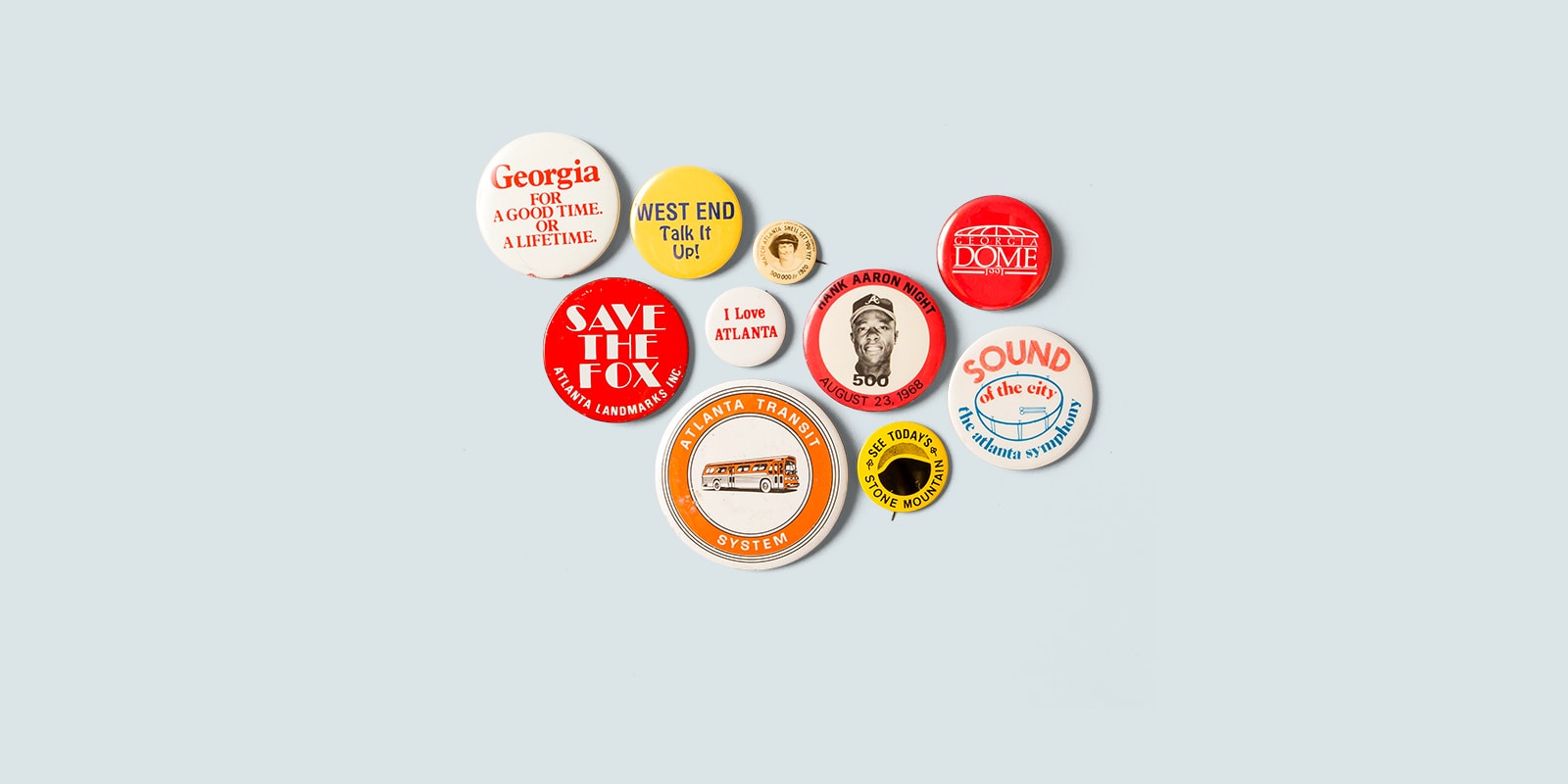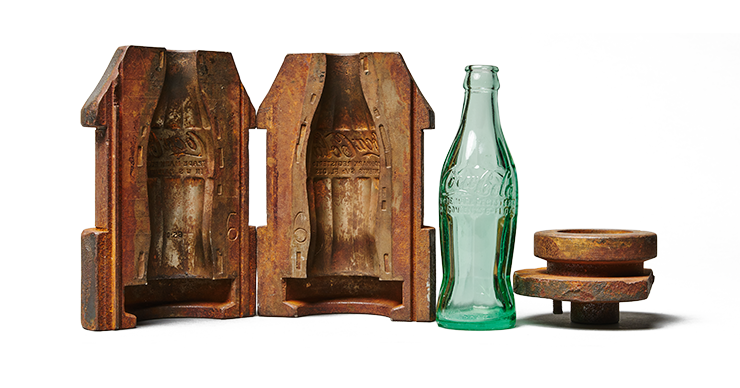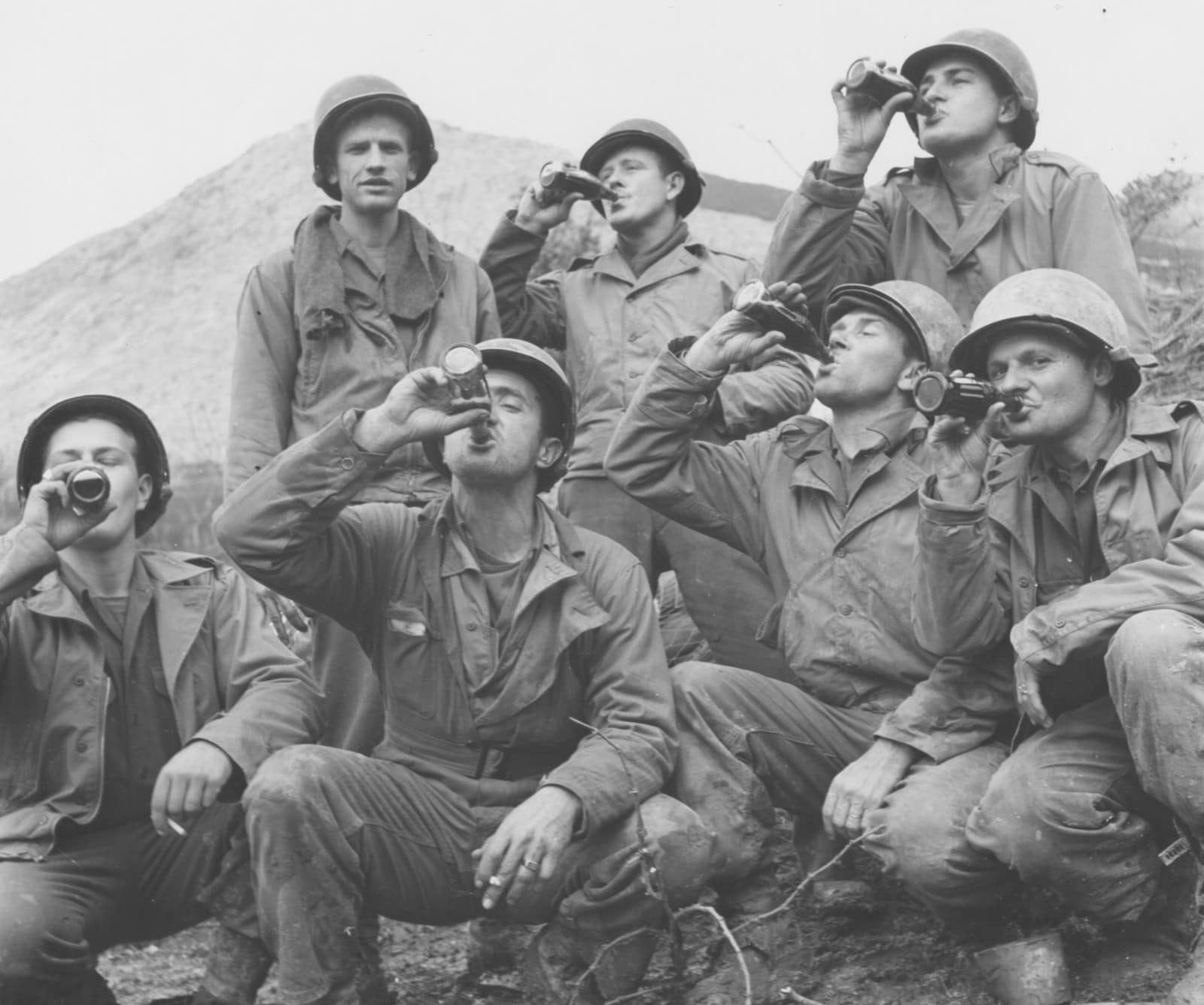Atlanta in 50 Objects
A pink pig and a renegade cow. A movie prop and a Coke bottle. A Pulitzer Prize–winning book and a Nobel Prize–winning icon.
How do you tell the story of Atlanta in 50 objects? We decided the best experts were Atlantans themselves—residents who cheer the Braves and rue I–285 rush-hour traffic, who understand how Civil War losses and Civil Rights victories together helped forge the city’s unique identity. Atlanta History Center asked the public to submit what objects they think best represent their town. The parameters were broad: an object could also be a person, a place, an institution, or an idea. After receiving hundreds of submissions, History Center staff assembled a collection of fifty pieces that represent the themes identified by the public. In addition to items from our own collections, we have partnered with many local institutions and individuals to gather artifacts from around the city to tell this community–driven story.


Coca-Cola
In 1886, when John Pemberton first sold his refreshing new beverage in Jacob’s Pharmacy at the corner of Peachtree and Marietta Streets, few could have guessed what a world-wide phenomenon it would become.
Local businessman Asa Candler bought the rights to Coca-Cola from Pemberton in 1888 and, using innovative advertising and distribution methods, the company grew quickly. In 1916, Coca-Cola introduced its distinctive hobble-skirt contoured bottle, creating a consistent package that set the drink apart from its competitors.
After becoming president in 1923, Robert Woodruff’s leadership helped make Coca-Cola one of the most recognized brands in the world. Bottling plants were operating in forty-four countries by the late 1930s. During World War II, the company set up dozens of “war” plants overseas to bottle and distribute Coca-Cola to American servicemen at a guaranteed price of five cents per drink. As a result, the familiar beverage became a symbol of homefront support for American troops.
The success of Coca-Cola helped bring international recognition to Atlanta. And the city has benefited immeasurably from the generosity of both Candler and Woodruff.

American soldiers in Italy drink bottles of Coca-Cola, 1944. Courtesy of Coca-Cola Company